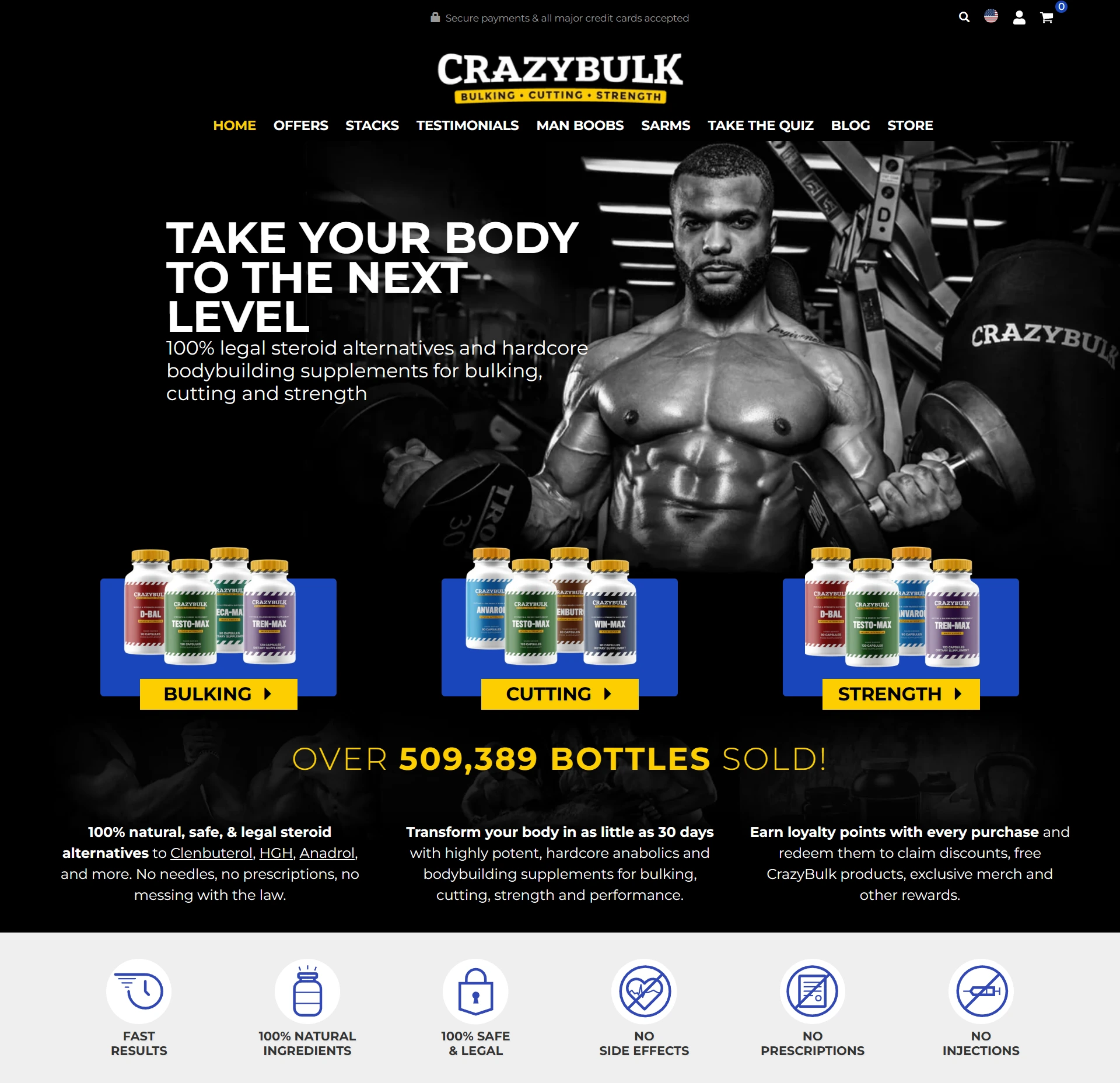
best foods testosterone booster
Add a review FollowOverview
-
Founded Date Mei 30, 1912
-
Posted Jobs 0
-
Viewed 73
Company Description
7 Ways You Can Test Testosterone Level without Seeing a Doctor

Testosterone Levels By Age: Chart & How to Test
It is important to note that reference ranges may vary slightly between different laboratories, as they set their own standards based on their equipment and population demographics. Healthcare providers interpret the testosterone levels in the context of the individual’s specific circumstances, including age, sex, and symptoms. Many factors can contribute to low testosterone levels, such as age, medical conditions, medications, and lifestyle choices.
The laboratory will measure the amount of testosterone present in the blood and provide you with the results. Both total testosterone and free testosterone assays use highly specific antibodies that bind specifically to testosterone molecules. These antibodies are labeled with a fluorescent marker or an enzyme that generates a color change, allowing for the measurement of testosterone levels in the blood sample. The level of fluorescence or color change can testosterone therapy cause joint pain (https://g-r-s.fr/) be quantified and used to determine the concentration of testosterone in the blood.
In conclusion, blood tests are the most accurate method for determining testosterone levels. They provide valuable information about both total testosterone and free testosterone levels, allowing healthcare professionals to make informed decisions regarding diagnosis and treatment. While saliva and urine tests may offer convenience, their accuracy is generally considered lower due to their inability to differentiate between bound and free testosterone. It is important to consult with a healthcare professional for the most accurate and comprehensive assessment of testosterone levels. In conclusion, the most accurate method to check testosterone levels is through a blood test that measures both total testosterone and free testosterone levels. These measurements provide a comprehensive assessment of your hormone status, allowing healthcare professionals to diagnose testosterone deficiency and monitor treatment progress effectively.
These kits may not provide accurate or reliable results, and interpreting the results can be challenging without proper medical guidance. It is always best to consult with a healthcare professional who specializes in hormone health for an accurate assessment of your testosterone levels and appropriate treatment, if necessary. Normal testosterone levels can vary depending on age, health, and other factors. In general, the normal range for total testosterone in adult men is between 300 to 1,000 nanograms per deciliter (ng/dL). However, it’s important to note that the interpretation of testosterone levels should be done in the context of other symptoms and health conditions.
It is important to recognize the signs and symptoms of low testosterone so that appropriate treatment can be sought. In addition to these symptoms, men with low testosterone may experience changes in their body composition. They may notice an increase in body fat, particularly around the abdomen, and a decrease in muscle mass.
As men age, their testosterone levels naturally decline by about 1% per year after the age of 30. However, some men may experience a more significant decline, leading to low testosterone levels and related symptoms. In addition to the total testosterone test, your healthcare provider may also order a free testosterone test.
Testosterone is the primary male sex hormone responsible for numerous functions within the body. From regulating bone density and muscle mass to influencing sex drive and mood, testosterone plays a crucial role in overall well-being. However, fluctuations in testosterone levels can have significant impacts on health.
Other tests that may be ordered to measure testosterone levels include a bioavailable testosterone test and a sex hormone-binding globulin (SHBG) test. The bioavailable testosterone test measures the amount of testosterone that is available for use by your body, including both free and albumin-bound testosterone. The SHBG test measures the amount of sex hormone-binding globulin, a protein that binds to testosterone and can affect its availability. If you suspect you may have low testosterone or an imbalance in your hormone levels, it is important to get tested to determine the underlying cause. Testing testosterone levels typically involves a series of blood tests that can be done by your healthcare provider. Regularly monitoring your testosterone levels is especially important for men experiencing symptoms of low testosterone, including fatigue, decreased libido, or mood changes. Understanding your normal testosterone range or identifying a potential testosterone deficiency empowers you to take proactive steps toward improving your health and quality of life.
Blood tests are the most reliable method for checking testosterone levels, as they provide a more accurate representation of your hormone levels. In conclusion, there are a few specific preparations and considerations to keep in mind before getting a testosterone blood test. If you suspect that you may have low testosterone levels, your healthcare provider may recommend a testosterone blood test.
Before getting a testosterone levels test, you may have some concerns about how to prepare for it. Fortunately, there are no specific preparations that you need to do for this test. Reasons for low testosterone in men and women include aging, stress, congenital conditions, and chronic diseases like poorly managed diabetes. Carrying excess weight, taking certain medications, radiation therapy, sleep disorders, and alcohol misuse can contribute to low T. Urine tests are another simple testosterone testing option that may offer insights into testosterone metabolism.